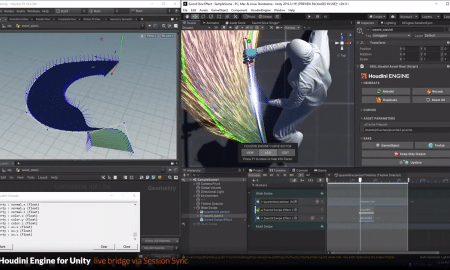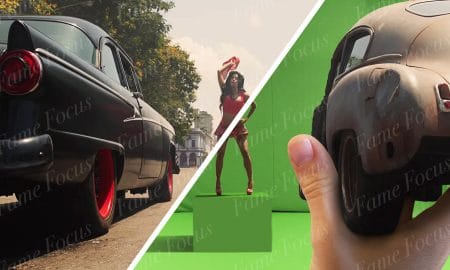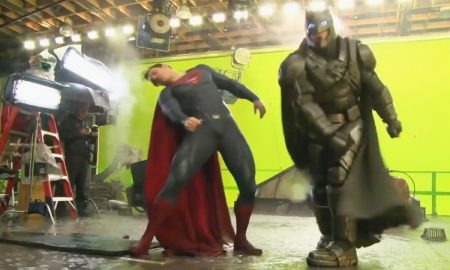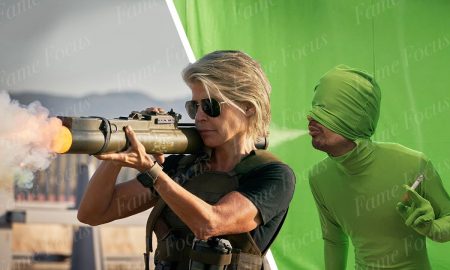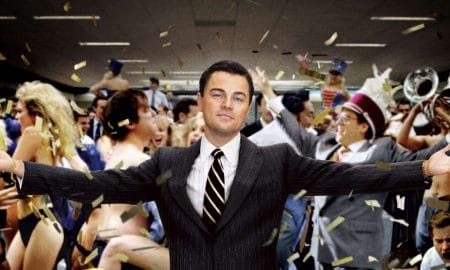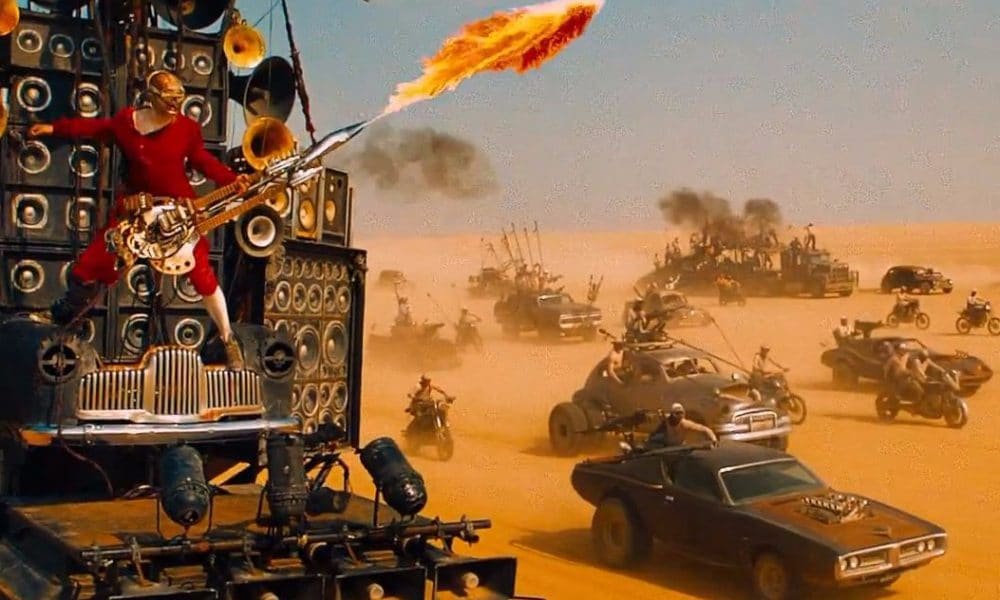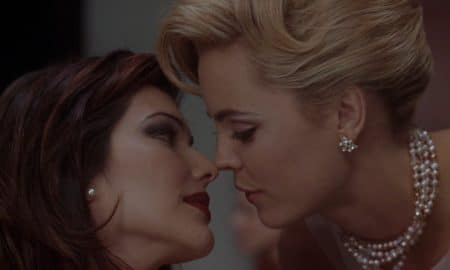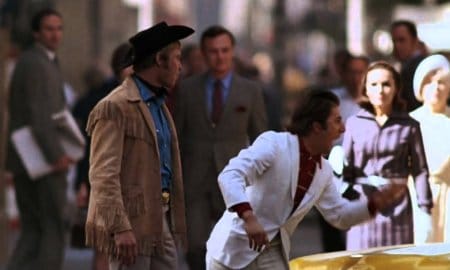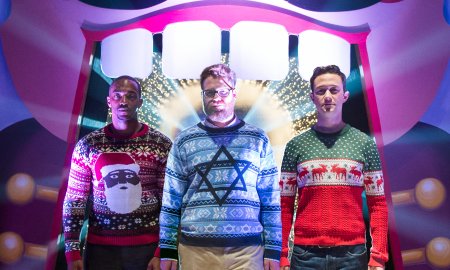When Steven Spielberg recreated towering brachiosaurs using only computer wizardry for his 1993 classic Jurassic Park, computer-generated imagery (or CGI) skyrocketed to popularity among the big-budget action and sci-fi directors looking to inject some thrills into their story. At first, it looked like practical movie effects might die a slow death in the wake of superior technology. That did not happen. Quite the opposite, in fact. In spite of the popularity of CGI, old-school practical effects remain highly treasured among innovative filmmakers around the world. Why is it that hand-crafted effects remain so popular? That’s a question with a lot of answers.
1. Real Spectacle Never Fades, Even When It’s Tiny
Even on repeat viewings, even 20 years later, even if you hated the end result of the movie itself, it’s hard not to be impressed when the massive alien crafts of Independence Day break through the clouds to impose themselves on an unsuspecting urban populace. Of course, those models were only about ten feet long in real life, but that’s the beauty of practical effects. A superbly built model and a close-up camera angle can transport the audience to a world where it IS possible that the White House might shatter like glass in the wake of an alien super ray.
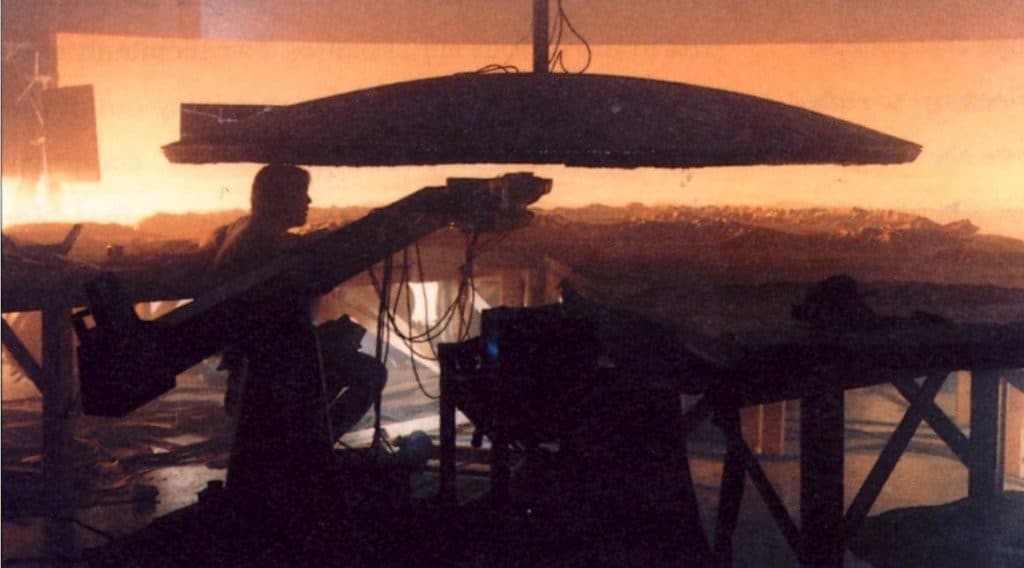
2. Smaller Stunts Have Bigger Impact
When the audience understands that what they’re seeing on the screen is 100 percent real, lighter carnage can make for unexpected thrills. In one scene in the Dark Knight, Batman manages to flip a semi truck face-forward on a Chicago street without harming a single storefront. In the opening moments of Casino Royale, James Bond chases a suspect in a gravity-defying foot chase across a series of cranes. In both cases, there is no doubt that these stunts are not the creation of some computer, they are well and truly happening, and the result is more exciting than all the CGI-crafted planetary-level action scenes you could imagine.
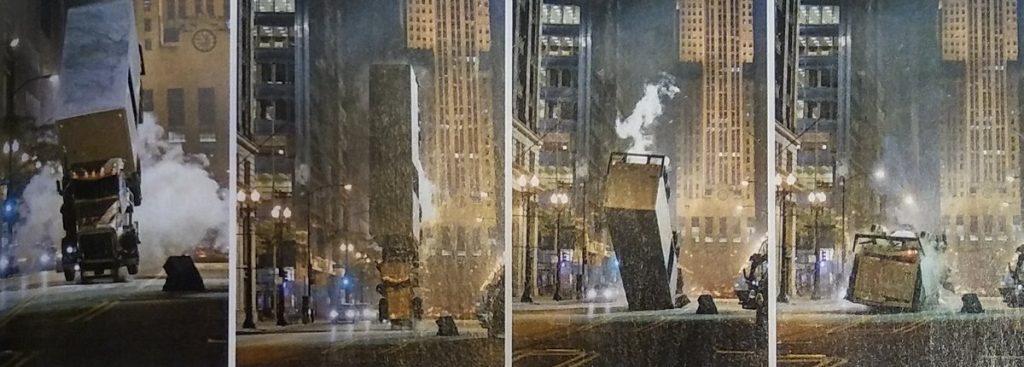
3. Prosthetics Beats Computer Makeup Every Time
When it comes to make-up, not even the most pitch-perfect computer can compare to a beautifully-executed prosthetic job. If you don’t believe, look at Steppenwolf from 2017’s Justice League. Not even the talented Ciaran Hinds could overcome the amateurish CGI used to recreate the film’s big bad. By comparison, the solely prosthetic makeup done for the Hellboy series — in which Ron Perlman is transformed into a demon — elevates Perlman’s performance by accentuating it rather than working against it.
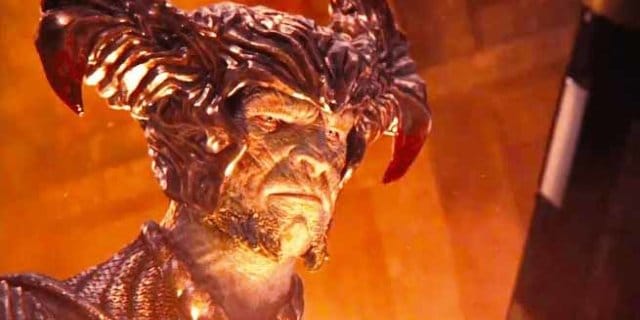
4. Feel for the Person Walking Across that Truck
While the great filmmakers have found ways to add depth to their set pieces by using CGI as a backdrop, the most potent stunts are done using real people putting their actual lives in jeopardy. The sandstorm that attacks in Mad Max: Fury Road may be fake, but the men and women running around on top of that semi — and even the dude with the flaming guitar — were all very real, and the spectacle was more impressive for it.
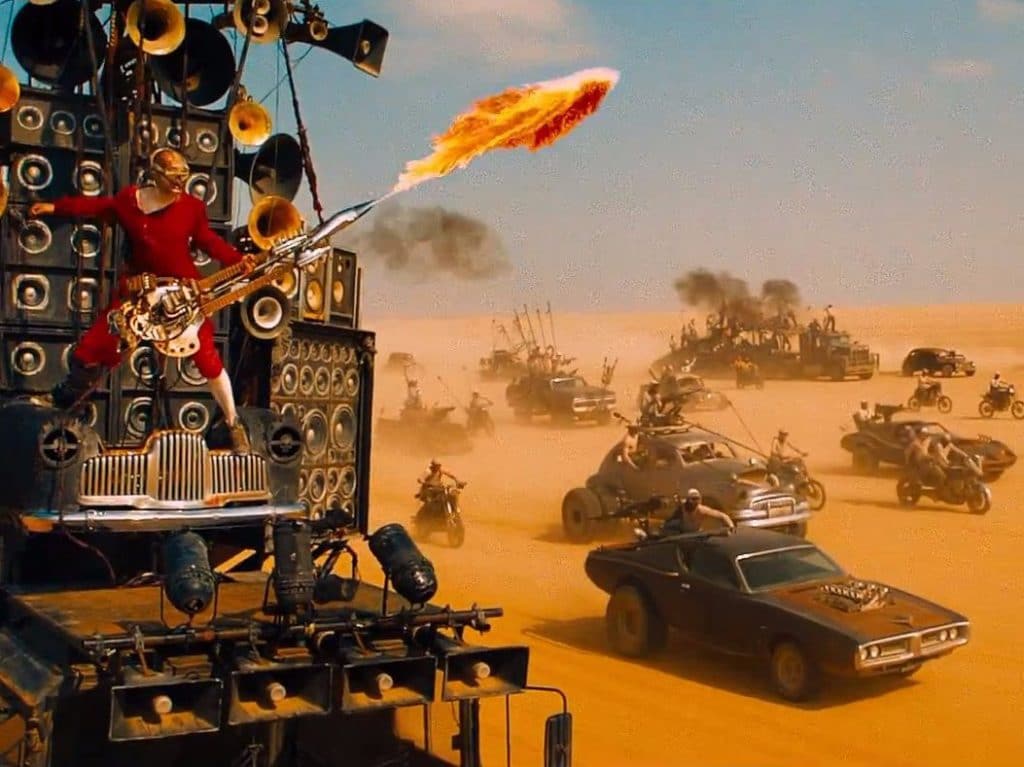
5. You Can Conjure Actual Horror
No computer-generated dragon can compete with a practical effects artist armed with first-rate equipment. The gut-wrenching terror generated when the beast reveals itself in The Thing or when Nathan Fillion and the other deputies encounter the tick-woman in Slither is unfiltered. It has been really created; it’s not a dressed-up cartoon trying to trick your brain.
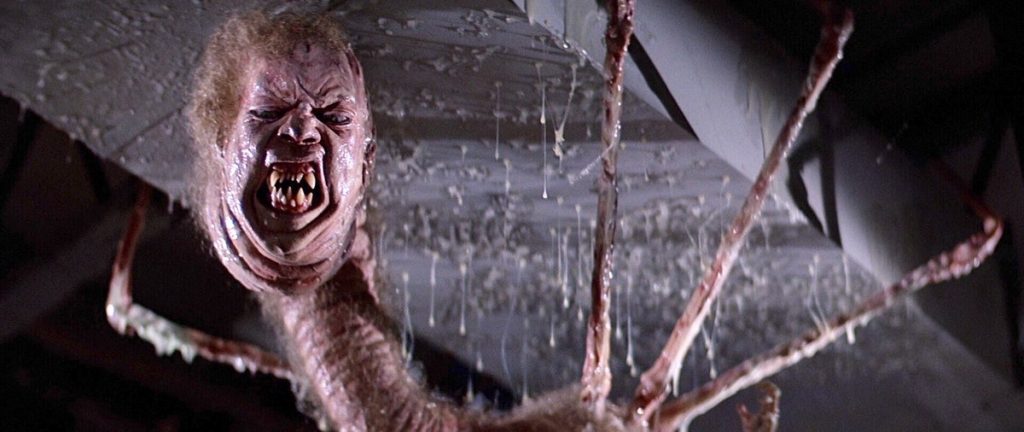
6. Even Crappy Practical Effects are Still Complete Practical Effects
Just as with CGI in their early days, the first few attempts at in-depth practical effects were shaky. After a fierce battle in 1984’s The Terminator, the titular robot returns to his hideaway to fix himself up. There, viewers are treated to a variety of practical effects, including a moment when a very not-Arnold Schwarzenegger robot reveals his exposed eye socket in the mirror. Though it’s a very obvious effect, the impact isn’t lost. We’re looking at a very real robot, even if it’s not a very real Arnie.

7. The Actors Believe It, So You Do, Too
When questioned on the issue, prominent directors (like Jurassic World helmer Colin Trevorrow) have said that practical effects have an impact on the actors working among them. That means when lifelike puppets are terrorizing actors, their responses tend to be a little bit more believable than when they’re standing alone in an empty room pretending to be assailed by a tennis ball on a stick.
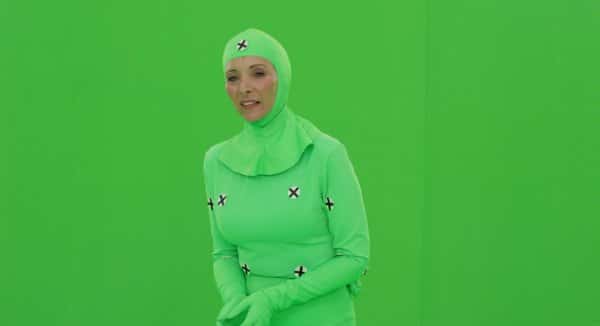
8. Your Brain Knows the Difference, Whether You Realize It or Not
When it comes right down to it, there is one primary reason that you likely prefer practical effects to CGI: whether you realize it or not, your brain recognizes the difference between a real stunt or makeup job and a computer creation. When it’s confronted with something that’s fake — no matter how convincing — your brain will check off a little box that reads: disregard as fantasy. When you watch a stuntman jump from a moving car, or you see a human head wrench its way off a wax body, there’s a little part of your mind that wonders if magic exists.
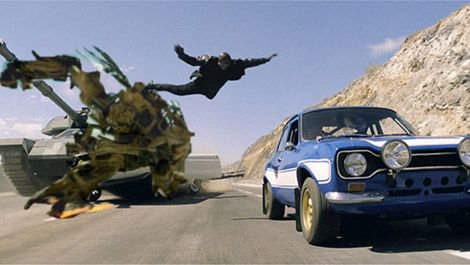
9. The Golden Age of Practical Effects
One reason why fans have been so anti-CGI is because they grew up in the Golden Age of practical effects, and many hold a certain nostalgia for those types of visuals. Many movie aficionados have strong memories of the innovations that came from the early 80s, and that’s why so many fans are so attached to practical effects. As Matt Cunningham, who did visual effects on Starship Troopers, says,
“I grew up during the era of the best practical effects creations on the planet, John Carpenter’s The Thing being one of them. Rob Bottin’s work in that movie is without a doubt some of the greatest foam and greasepaint burned to celluloid. The spiderhead effect blew my mind. It was so good that when I was young I truly believed that could happen because there was no way that effect was fake. It looked too good. That was really the boom of makeup effects. So I love practical and always will.”
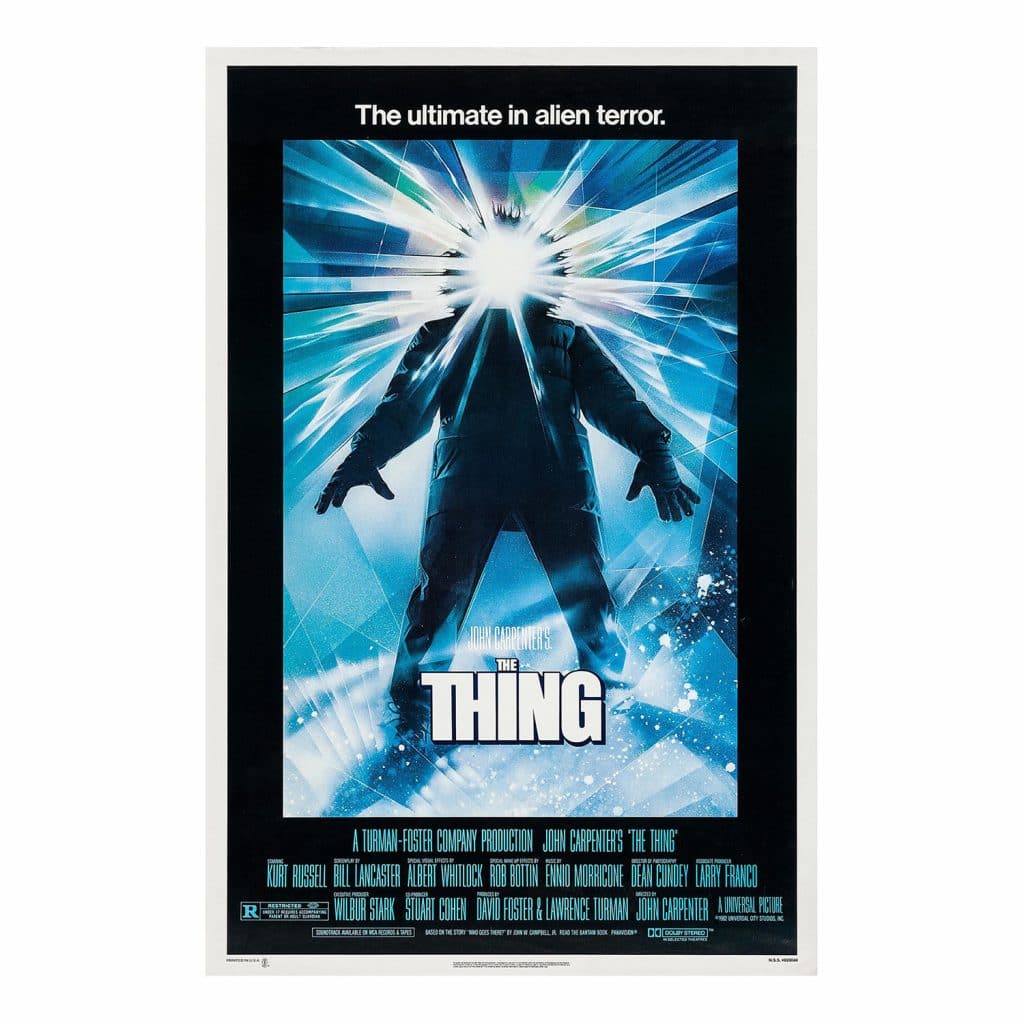
10. Some Directors Have Found the Perfect Balance Between CGI and Practical Effects
Tom Savini worked as an effects consultant on George Romero’s 2005 flick Land of the Dead, and he was able to get traditional make-up and CGI to go hand in hand. “You know, it’s very tough to make zombies scary,” he says. “There’s only so much you can do to the face and the clothes. Before we started shooting Land of the Dead, I suggested we do some CGI zombies, so you could have a big, blaring hole in someone’s chest or half their head missing. George said, ‘Yeah, yeah, maybe like eight really super CGI zombies as well as the make-up zombies…’”
“CGI can do effect so smoothly, and so often, that it can go overboard,” says Joe Alves, the production designer of Jaws and Close Encounters. “CGI can be absolutely perfect, and it’s in the discretion of the director not to over do it. There’s a convenience with CG, but I think it can be used very well. I’m not at all anti-CGI, because some practical FX are just damn difficult to do.”
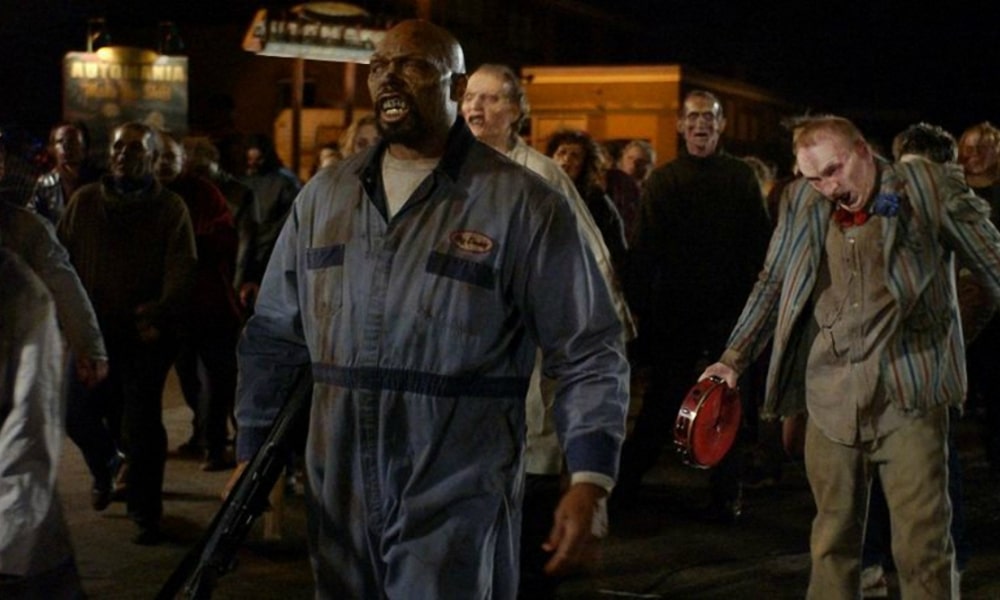
More in Movies
-
Amazing “Free Guy” VFX Breakdown
Whilst putting together our latest Breakdown of the VFX used in 20 Century Studio’s “Free Guy”, we interviewed Digital Domain’s VFX...
February 24, 2022 -
12 Movies That Broke Impressive Worlds Records
Every year, more than 700 films are released in Hollywood. That number is steadily rising, which means that movies have to...
April 23, 2018 -
The 30 Sexiest Films of All Time
Love, sex, and passion are in the air whenever you watch one of the movies on our list. The displays of...
April 16, 2018 -
13 Surprising Facts About Marvel and Disney’s ‘Black Panther’
It only took a single Thursday evening in release to turn Disney’s newest superhero flick, Black Panther, into a bona fide...
March 9, 2018 -
12 Movie Bloopers That Accidentally Became Movie History
Unlike a lot of other art forms, filmmaking is a genuinely collaborative effort. There’s no such thing as complete control on...
February 2, 2018 -
These 12 Holiday Movies Are Definitely on Santa’s Naughty List
What would Christmas be without all of the great movies that focus on it? Many families include their favorite films in...
December 8, 2017


